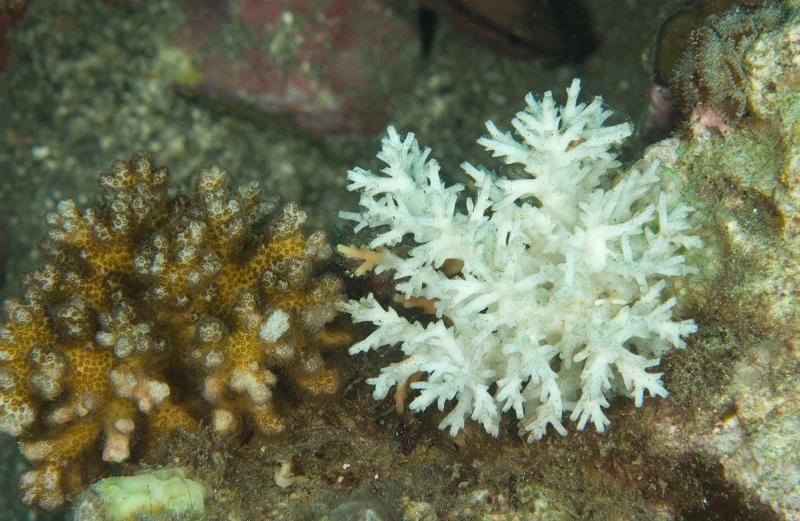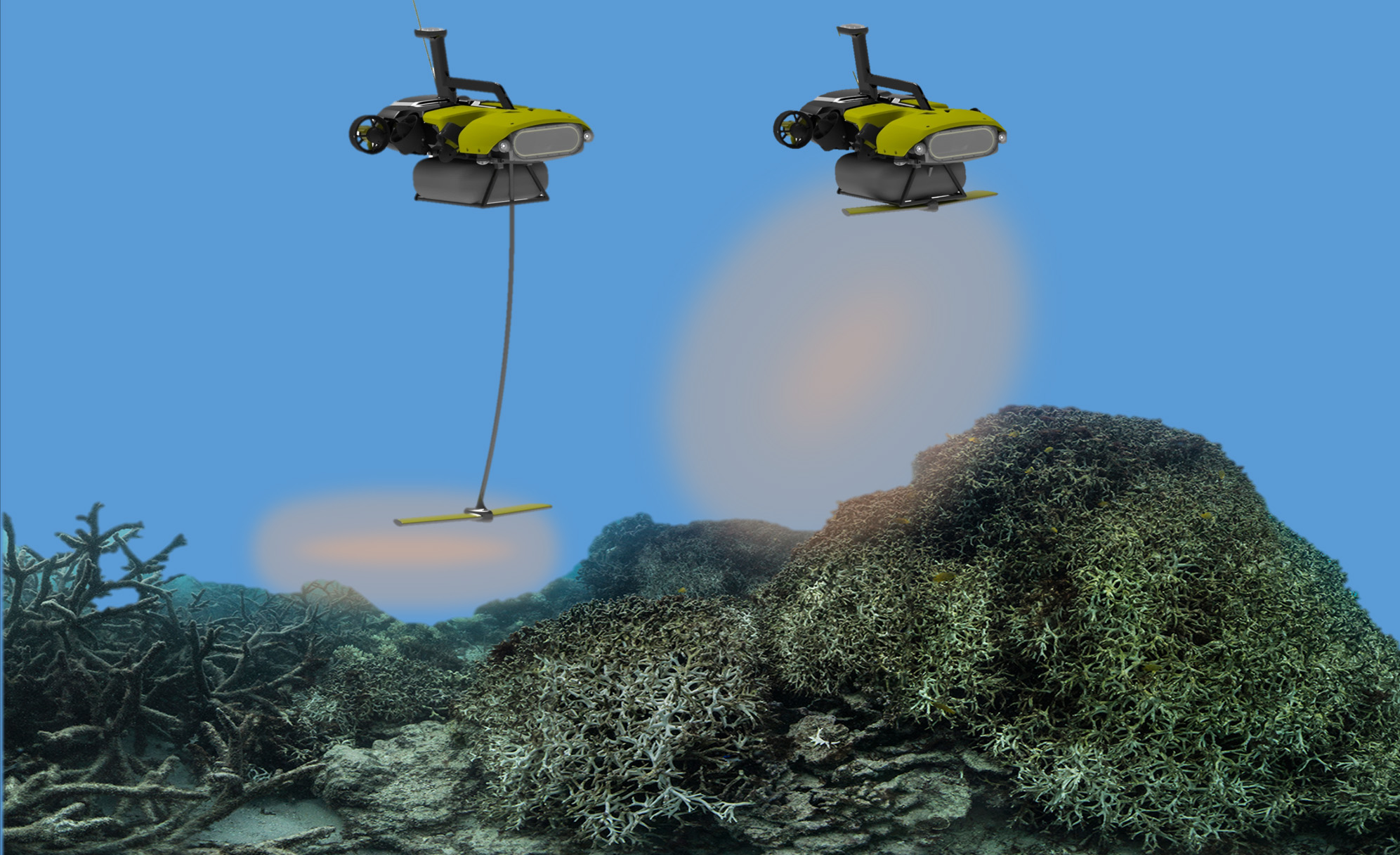An underwater robot previously used to eliminate invasive species in coral reefs has been repurposed to spread baby coral larvae where needed. Renamed “LarvalBot” from its previous “RangerBot” title, this machine is currently the only one of its kind, and it represents an important step in the direction of coral reef restoration. The machine was developed by scientists from Queensland University of Technology (QUT) and Southern Cross University (SCU) in Australia with funding from the Great Barrier Reef Foundation.
The technique used by the bot is called “larval restoration”, and it begins with the collection of millions of coral spawn by scientists. The spawn are next reared inside nearby large floating enclosures, and once they have developed into larvae, the coral young are put into LarvalBot and squirted around dead reef areas. From there, the baby coral can settle, grow, and gradually restore damage from events like coral bleaching. It will take about three years for the corals to become mature enough to reproduce and spread on their own.
With LarvalBot’s assistance, the spread of coral larvae will be enhanced up to 100-times what is achieved naturally. Given the unnatural threats of destructive fishing practices and pollution to the reefs, artificial means of helping nature may be the only way they can hope to survive in the long-term. Scientists from QUT and SCU are currently focused on speeding up the recovery of parts of the Great Barrier Reef affected by coral bleaching, a condition which occurs after coral lose their symbiotic algae, causing the living tissues to become transparent.

Coral bleaching will kill the corals affected if the environmental cause continues for too long. There are several stressors which can lead to the bleaching; however, the leading cause today is warming temperatures. A difference of two degrees Fahrenheit above the seasonal maximum can trigger the condition.
The upcoming annual season for coral spawning occurs in late November where the corals will synchronically bloom all over the world. Triggered by the lunar cycle and water temperature, coral reef colonies will release their eggs and sperm in a mass event resulting in clouds of white, yellow, and orange in all reef regions. After the blooms rise to the surface where fertilization occurs, the embryos develop into larvae, and then they fall to the sea floor in the days and weeks following where they will hopefully attach to substrate and grow into a new colony.
LarvalBot’s developers hope to have 2-3 similar robots ready to help collect the blooms resulting from the November event. According to these scientists, the bots will carry about 200,000 and 1.2 million larvae apiece and seed the reefs at a rate of 1500 square meters per hour. It’s not quite enough to consider the bots official coral baby mothers, but perhaps the actions could be considered motherly.
Watch the short video below to see LarvalBot in action:











